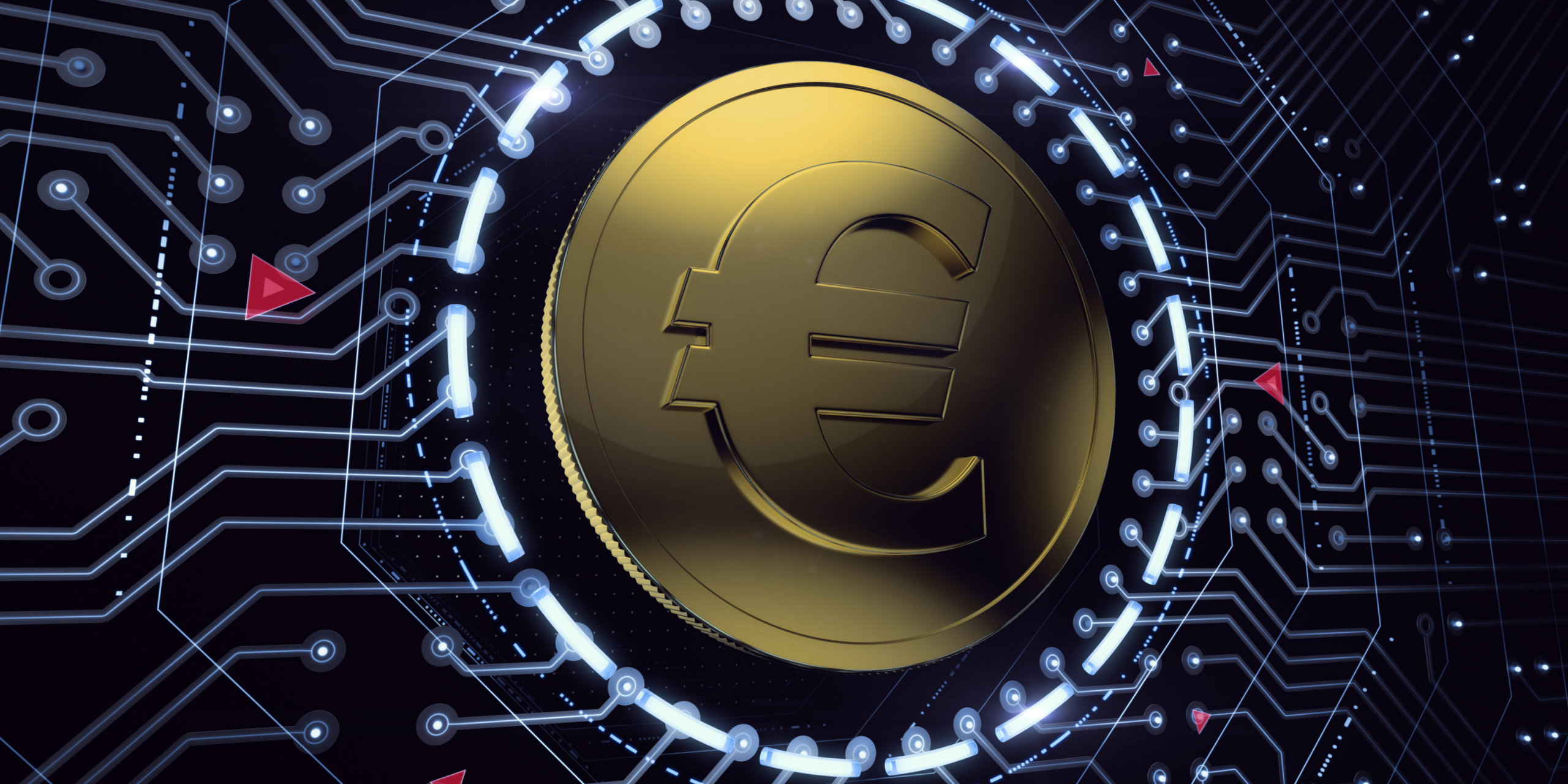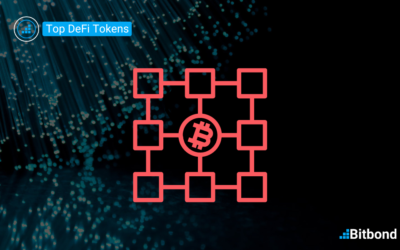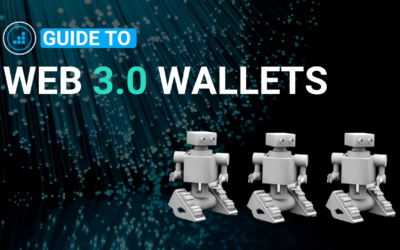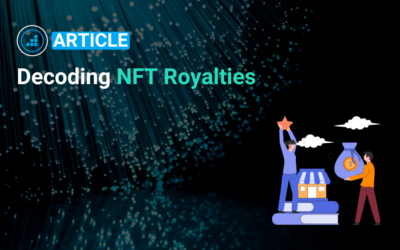What is a Digital Euro?
Table of Contents
In this series of lessons, Radoslav Albrecht explains the implications and use cases of the digital euro for commercial banks. Make sure to watch these 6 short lessons to learn:
- What is a digital euro?
- What are the advantages of having a digital euro?
- What is required to issue a digital euro?
- What legal representation would a digital euro have?
- What does the custody of digital euro mean?
- What real life use cases of a digital euro are already in place?
Chapter 1: A Digital Euro is a Tokenized Euro
In this chapter, Radoslav Albrecht gives an intro to tokenization. Creating a digital euro is essentially the tokenization process of the fiat euro. At Bitbond, we tend to assimilate tokenization of financial instruments to what email did to conventional letters. It is basically creating a digital representation of that asset, in this case it would be the digital euro, in order to reduce the number of intermediaries needed to transact and transfer this value between parties.
In the email case, we are all using the SMTP protocol to transfer messages. Only an email address is required in order to send messages instantly across the globe independently from hardware or software used by the sender or receiver.
In most cases securities or the euro are assumed to be represented by a paper certificate, transfer of ownership. Therefore, the representation of ownership is tokenized, in this case replacing the euro bill by a digital euro represented through a digital token. Doing this process on blockchain technology creates high settlement efficiency, reduces counterparty risk with t+0 settlement, decreases complexity and costs for storage, and lastly provides higher secondary liquidity.
Learn more in detail about the process of tokenization in order to issue a digital euro in this lecture.
Chapter 2: Why do we need a Digital Euro?
As mentioned, blockchain technology allows the tokenization of assets and securities, e.g. bonds. It basically consists of creating a digital representation of that value. Blockchain or DLT allows the instant transfer of an asset using highly secure means. However, while the settlement of these tokenized assets is almost instantaneous on the ledger, in the traditional payment process, settlement of assets to fiat cash requires a minimum duration of t+2.
This presents participants involved with counterparty risk. Creating a digital euro on-chain enables the instant Delivery vs Payment (DvP) of assets and fiat accordingly. This means that using a digital euro on blockchain, assets and payments can be immediately settled, through an automated process called Atomic Swap, where both assets are, as the term described it, “swapped” instantly on the blockchain.
Through blockchain tokenization, significant inefficiencies in securities transactions are eliminated.
Learn about the advantages of having assets, securities and a digital euro issued and transacted on blockchain through this lecture by Bitbond founder & CEO Radoslav Albrecht.
Chapter 3: Issuance Technology and Process of the Digital Euro
Different blockchains have different protocols. Some protocols (e.g. the Bitcoin protocol) do not allow the issuance of tokens on them. Other blockchain protocols (e.g. Ethereum protocol) have smart contract features built-in within the code, enabling the creation of other assets/tokens, therefore making it possible to tokenize any real world asset and make it represented by a digital token on blockchain. Tokenization of financial instruments on blockchain requires a protocol that is suited to issue new tokens, therefore, issuing a digital euro is only possible on blockchains that have the possibility to issue tokens on them.
In this lecture, Radoslav Albrecht compares several well-known blockchain protocols, shows the differences between public and private blockchains, as well as permissionless and permissioned protocols. He also evaluates which protocols are best suited for tokenization of financial instruments or the creation of a digital euro.
Chapter 4: Legal Perspective of the Digital Euro
In the European context, it is safe to assume that the digital euro can be structured as e-money and therefore requires a banking license. E-money already has comprehensive regulation in place as it is a concept that is not new.
To design a digital euro, the backing of that digital euro token needs to be taken into account. When someone issues a digital euro, they must have a real fiat euro in a segregated account representing this token, therefore having it 1:1 pegged to the actual euro. This is important to avoid liquidity shortage problems from a legal point of view.
In this lecture, you will find an outline of the requirements for banks who intend to issue a Digital Euro. You can also learn more in our guides about Germany crypto tax, eWpG, and DLT pilot regime
Chapter 5: Custody of the Digital Euro
Tokens, including digital euro, require a custody solution (aka crypto wallets). It is an indispensable component to owning tokens. You cannot own tokens without having a way to safekeep them. Therefore, for tokens and digital euro, you need a so-called wallet to enable users and institutions to interact with that instrument. Providing digital asset custody is a regulated financial service in Germany. This a great starting point for digital asset business in general where we see a fast growing market provided with regulatory clarity. Therefore, a custody solution is typically the first step to providing digital asset services.
What does custody mean for tokenized assets? What technologies are needed to ensure the secure provision of such services? Other than answering these questions, this lecture provides an insight into the status quo of digital assets and the growth of this market, how public and private keys compare to the traditional banking infrastructure relying on IBANs, and why security, compliance, and convenience are key for successful custody solutions.
Chapter 6: Use Cases and Case Studies for the Digital Euro
Now that you have understood what a digital euro is and how the digital euro can be widely adopted by commercial banks. Radoslav Albrecht presents some real life use cases and case studies of businesses that implemented a digital euro within their infrastructure to significantly improve their processes.
In this lecture, you will learn about how a bank specialized in securitization implemented and end-to-end securities tokenization platform using service provided by Bitbond and how they are leveraging a digital euro to drastically reduce time and counterparty risk within their line of business.




